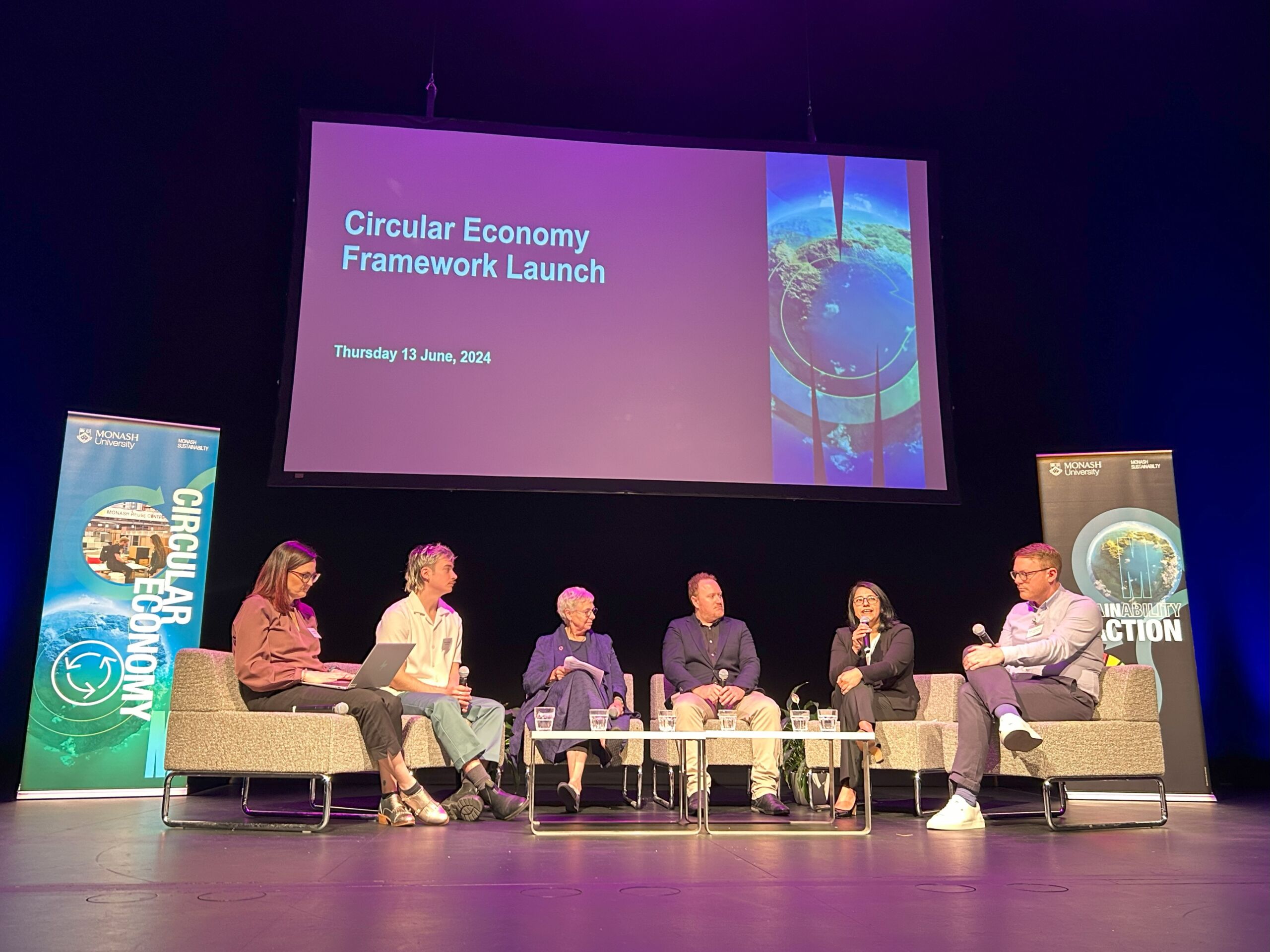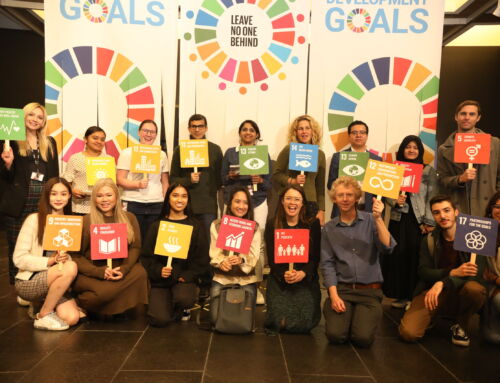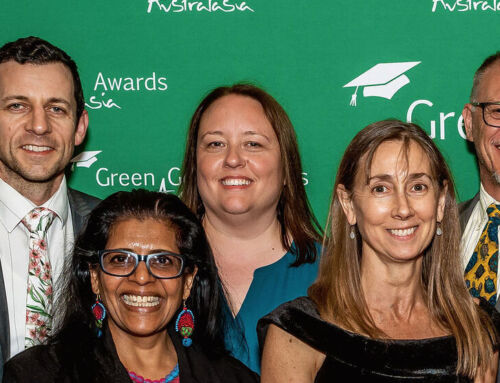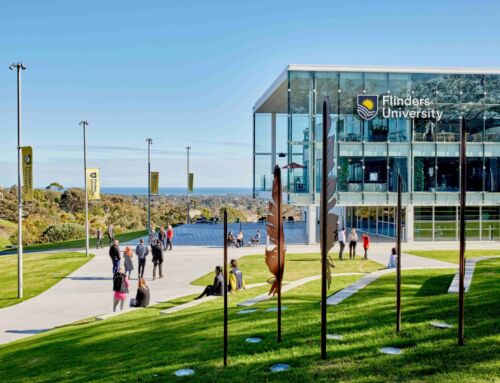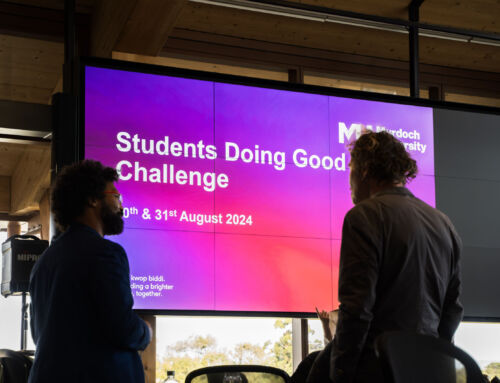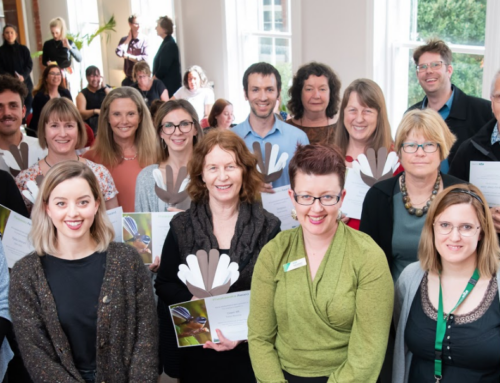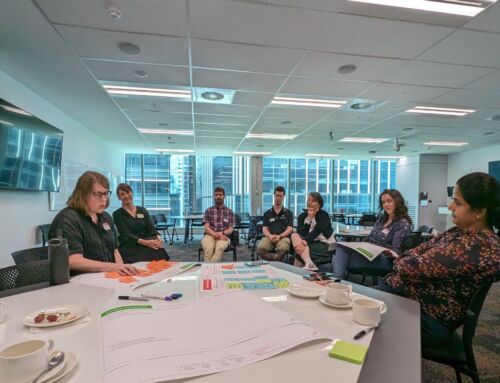The new Monash University Circular Economy Framework is designed to be a transformative system of solutions and interventions to build long-term resilience, generate business and economic opportunities and provide environmental and societal benefits across Australia’s largest university. It is restorative and regenerative by design and is a systemic response to the challenges of resource scarcity, climate change and urbanisation. Learn more about the framework below.
How does the initiative relate to the University’s sustainability strategy?
Monash University’s Circular Economy Framework embodies an ambitious and strategic approach to embedding sustainability into every facet of its operations. The plan is crafted to address critical global challenges by focusing on the core principles of:
- Designing out waste: Minimise waste generated through the entire life cycle
- Slowing the loop: Extending the lifespan of products and materials
- Closing the loop: Resource recovery and recycling
- Regenerate nature: Restore and revitalise natural systems
These principles enhance Monash’s commitments under various strategic frameworks, including Impact 2030, the ESG Statement, and the Net Zero initiative, reinforcing its position as a leader in sustainability within the educational sector. The Framework is also one of the four categories in the Sustainability Technical Guide in the latest Monash Design and Construction Standard, which encourages circular design at the early stages of project planning.
What challenges has this initiative navigated?
Implementing the Circular Economy Framework across Monash University’s extensive operations presented a complex set of challenges, primarily due to the scale of its campuses and the diversity of its activities. One significant hurdle was the mapping of operations and the collection of baseline waste data, which was essential for setting realistic targets. The process involved a comprehensive review of existing sustainability documents and numerous one-on-one interviews with departmental heads to integrate and coordinate efforts across different sectors of the university. This groundwork was crucial in ensuring that the proposed sustainability targets were not only achievable but also aligned with best industry practices, facilitating a robust framework for the ongoing tracking and evaluation of progress.
“Monash University’s vision is to lead the transition to a circular economy where resources are used efficiently, waste is minimised and to chart a path to long-term resilience, generate economic opportunities, and provide environmental and societal benefits.” Dr Jenny Liu
For further details on Monash University’s Circular Economy Framework and their sustainability initiatives, stakeholders are encouraged to engage with the comprehensive frameworks and resources made available through their strategic planning documents and sustainability team’s efforts.
View Monash University’s Sustainability Strategy here.
View Monash’s Circular Economy Framework here.
